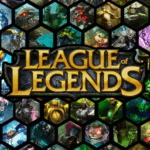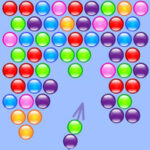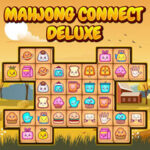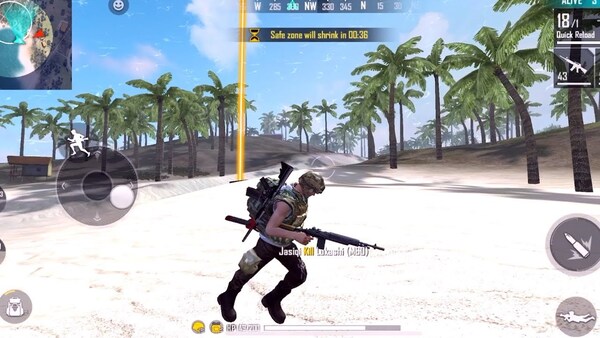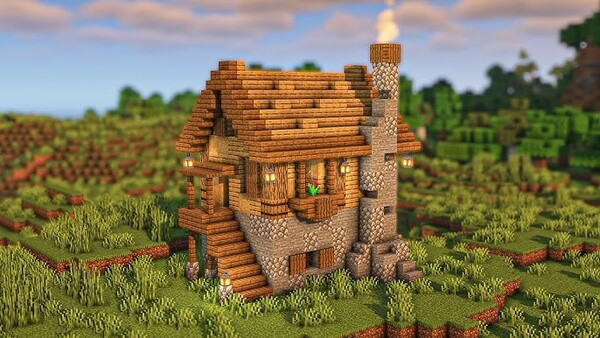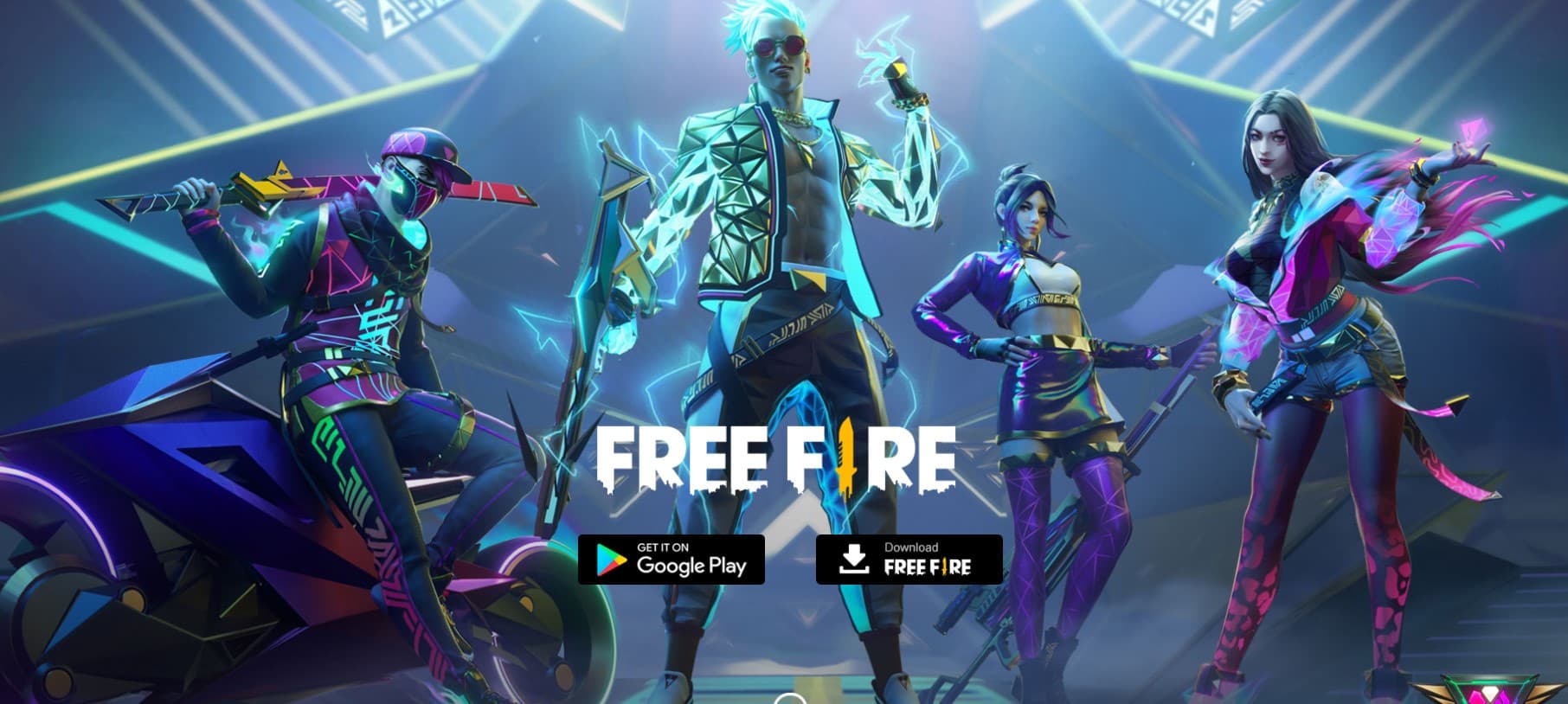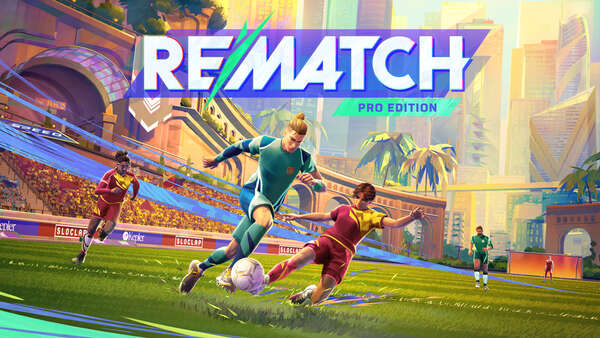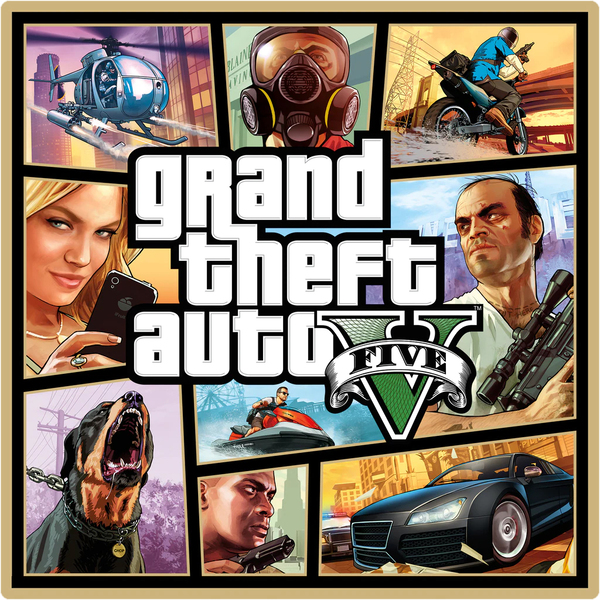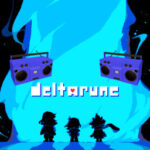When PUBG Mobile launched in 2018, it transformed the mobile gaming scene overnight. Developed by Tencent Games and PUBG Corporation, this portable version of PlayerUnknown’s Battlegrounds brought the full-scale battle royale experience to smartphones. With smooth controls, immersive graphics, and a thriving online community, PUBG Mobile quickly became one of the most downloaded and played mobile games in the world.
In this deep-dive review, we’ll explore how PUBG Mobile evolved over time—from its origins to its esports empire. We'll cover gameplay mechanics, maps, game modes, graphics, monetization, pros and cons, and how the game stands in 2025.
The Origins of PUBG Mobile and Its Global Impact (2018)
PUBG Mobile launched globally in March 2018 as a mobile adaptation of the PC and console hit PlayerUnknown’s Battlegrounds. While the original game popularized the battle royale genre, the mobile version made it more accessible.
Bringing Battle Royale to the Masses
The developers focused on creating an experience that was:
-
Free-to-play
-
Lightweight (Lite version available)
-
Accessible on low-end devices
This strategy allowed players in emerging markets like India, Southeast Asia, and the Middle East to dive into competitive multiplayer action with minimal entry barriers.
Global Popularity and Recognition
Within months, PUBG Mobile topped charts in:
-
Over 100 countries
-
Both Android and iOS platforms
-
Millions of daily active users
The game received accolades such as:
-
Google Play Best Game (2018)
-
Mobile Game of the Year (Golden Joystick Awards)
Core Gameplay Mechanics: Strategy Meets Survival
At its heart, PUBG Mobile is a survival shooter. Players parachute onto a large map, scavenge for weapons, and fight to be the last one standing.
Core Features and Controls
PUBG Mobile features:
-
A shrinking safe zone that forces encounters
-
Realistic bullet physics and gunplay
-
Attachments for weapon customization
-
Vehicles for fast traversal
The controls are touch-optimized, with options to switch between third-person and first-person perspectives.
Game Objectives and Flow
Each match consists of:
-
Landing strategically
-
Looting efficiently
-
Positioning tactically
-
Surviving enemy encounters
-
Staying within the safe zone
-
Securing the “Winner Winner Chicken Dinner”
Skillful play involves map awareness, teamwork, and precise shooting.
Evolution Through Seasonal Updates and Content
PUBG Mobile’s success owes a lot to its live-service model, offering regular content updates, themed seasons, and crossover events.
Season System and Royale Pass
Each new season introduces:
-
Themed skins and cosmetics
-
Story elements
-
Royale Pass challenges
-
Leaderboards and rewards
Notable past seasons include:
-
Season 13: Toy Playground
-
Season 15: Beyond A.C.E
-
Season 20+: Mission Ignition, Cycle System
Time-Limited Events
The game frequently adds:
-
Event-based game modes
-
Exclusive skins (e.g., Godzilla vs Kong, Spider-Man)
-
Regional celebration events (e.g., Diwali, Ramadan)
These events retain engagement and reward daily play.
Maps and Environments: Diversity Across Battlefields
PUBG Mobile offers several maps, each with distinct terrain, pacing, and strategy.
Classic Maps Overview
-
Erangel: Balanced and versatile
-
Miramar: Desert map with long-range combat
-
Sanhok: Small, fast-paced jungle
-
Vikendi: Snowy terrain, stealth-focused
-
Livik: Compact map designed for mobile
Each map changes player strategies and preferred weapon loadouts.
Dynamic Weather and Terrain Effects
Maps include:
-
Rain and fog for reduced visibility
-
Snowfall that dampens footsteps
-
Sandstorms in desert areas
These details enhance immersion and influence tactical decisions.
Game Modes and Gameplay Variety
PUBG Mobile offers more than just the classic 100-player survival format.
Core and Alternative Modes
-
Classic Mode: Battle Royale on large maps
-
Arcade Mode: Quick games like Sniper Training, War
-
Payload Mode: Helicopters, rocket launchers, and respawns
-
Metro Royale: Loot-based progression PvPvE
-
Infection Mode: Zombie vs. human battles
-
Domination Mode: 4v4 Team Deathmatch style gameplay
Custom Rooms and Clan Wars
Players can create:
-
Private matches for tournaments
-
Scrims for practice
-
Clan vs Clan fights with ranking systems
This modularity ensures long-term replayability.
Graphics and Sound Design: Immersive and Adaptive
Despite being a mobile game, PUBG Mobile features console-like visuals and spatial audio.
Visual Quality
The game supports:
-
HDR mode and realistic shadows
-
60FPS or 90FPS gameplay (on high-end devices)
-
Configurable graphics settings
Tencent optimizes visual fidelity across a wide range of smartphones.
Sound System
PUBG Mobile excels in:
-
Directional gunfire and footsteps
-
Environmental soundscapes
-
Realistic vehicle engine sounds
Using sound is crucial for locating enemies, especially in competitive play.
Monetization, Cosmetics, and Gacha Mechanics
While PUBG Mobile is free-to-play, it features a layered monetization system based on cosmetics.
Currency and Microtransactions
-
UC (Unknown Cash): Purchased with real money
-
BP (Battle Points): Earned through gameplay
-
Silver Fragments: Used for older cosmetic items
These currencies are used to buy:
-
Skins, outfits, parachutes, emotes
-
Weapon upgrades with kill effects and hit effects
-
Lucky draws and spin events
Monetization Ethics
Although mostly cosmetic, certain pay-to-upgrade gun skins offer:
-
Faster reload animations
-
Upgraded kill messages
-
Crates that require high UC spending
This creates a mild pay-to-flex atmosphere but not pay-to-win.
Competitive Scene and Esports Dominance
PUBG Mobile became a titan in the mobile esports industry, with millions in prize pools.
Global Tournaments
-
PUBG Mobile Club Open (PMCO)
-
PUBG Mobile Pro League (PMPL)
-
PUBG Mobile Global Championship (PMGC)
-
PUBG Mobile World Invitational (PMWI)
Top teams come from regions like:
-
China (Nova Esports)
-
India (GodLike, Soul)
-
Southeast Asia (BTR, Geek Fam)
-
Middle East (Nigma Galaxy)
Spectator Experience
Spectator mode includes:
-
Dynamic cameras
-
Kill replays
-
Stream overlays for tournaments
The professional circuit is widely streamed across YouTube, Twitch, and Facebook.
Regional Bans and Controversies
Despite its popularity, PUBG Mobile has faced bans and scrutiny.
India Ban and Rebrand
In September 2020, the Indian government banned PUBG Mobile due to:
-
Data privacy concerns
-
Alleged ties to Chinese servers
It later returned as Battlegrounds Mobile India (BGMI) under Krafton, with:
-
Data hosted on Indian servers
-
Reduced violence (green blood)
-
Time limits for minors
Other Concerns
The game has faced criticism for:
-
Alleged addiction
-
Aggressive monetization
-
Graphic content in some regions
Developers have responded with:
-
Parental controls
-
Playtime restrictions
-
"Gameplay Management" pop-ups
Final Verdict and Rating
PUBG Mobile remains one of the most iconic and well-supported games in mobile history. Even in 2025, it leads the pack in competitive mobile shooters thanks to its massive content pool, balanced combat mechanics, and evolving ecosystem.
Should You Play PUBG Mobile in 2025?
Yes — whether you’re a casual gamer, a competitive player, or an esports spectator, there’s something for everyone. Its accessibility and cross-device performance ensure that even older phones can deliver high-action gameplay.
However, if you're sensitive to aggressive monetization or prefer offline titles, it might not be your cup of tea.
⭐ Final Rating: 9 / 10
Scoring Breakdown:
-
+2 for tactical gameplay
-
+2 for visual and audio excellence
-
+2 for content longevity
-
+2 for esports infrastructure
-
–0.5 for monetization strategy
-
–0.5 for occasional balance issues





